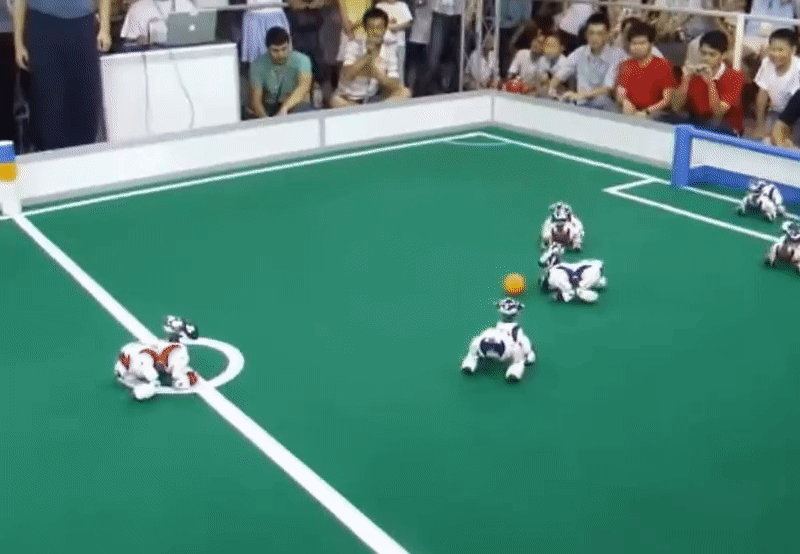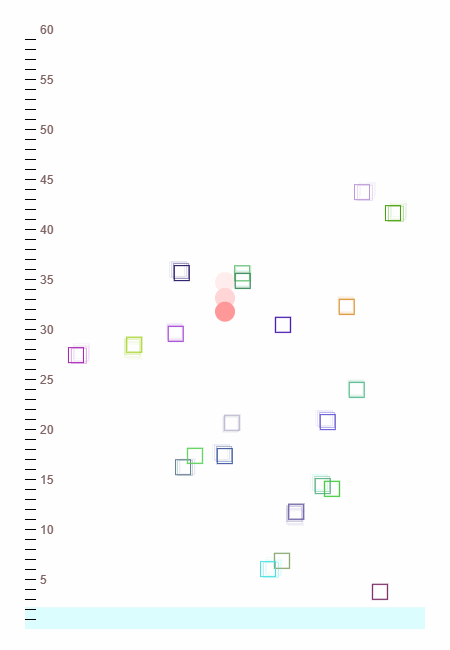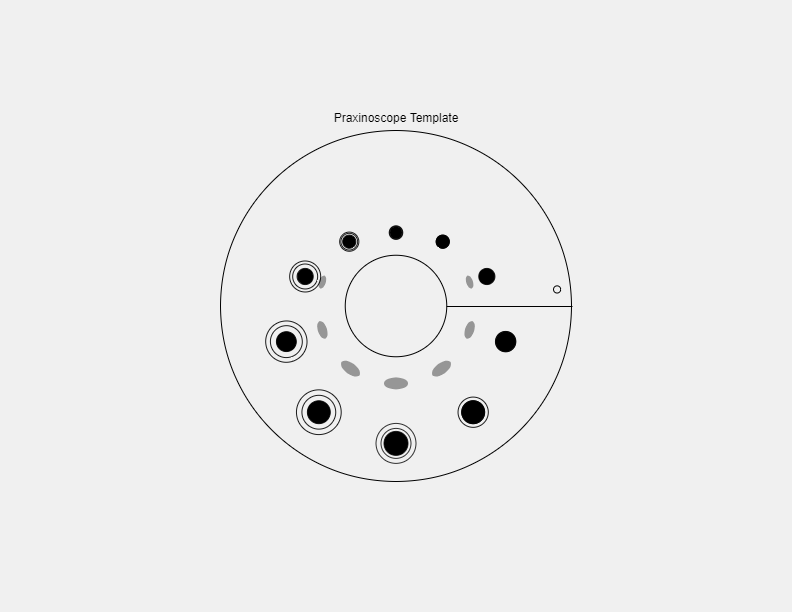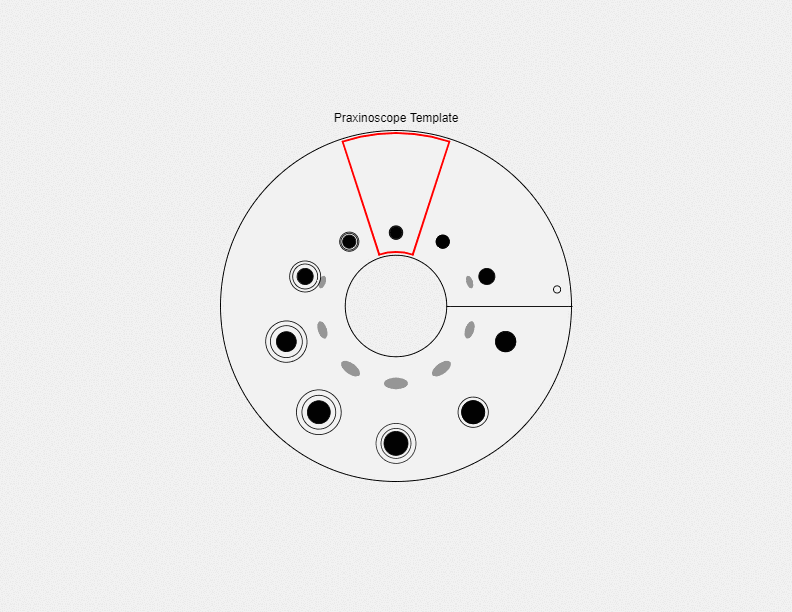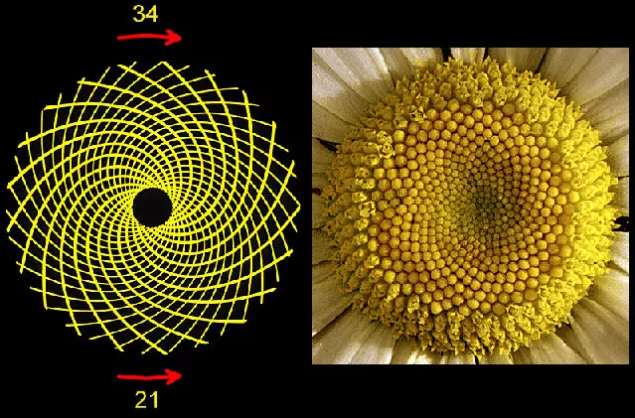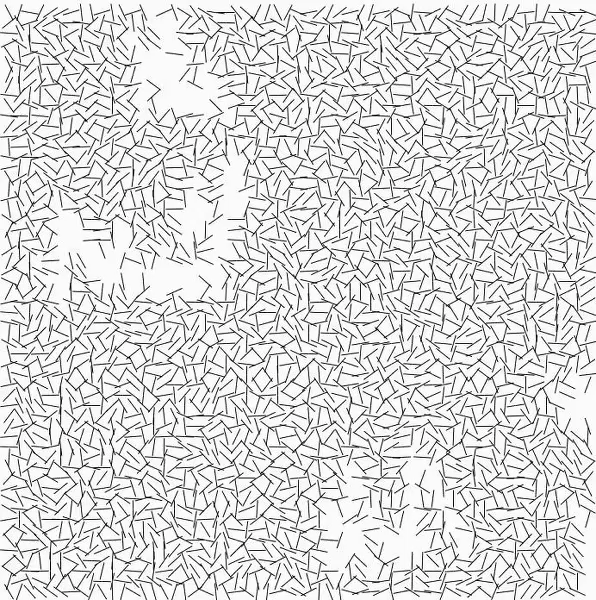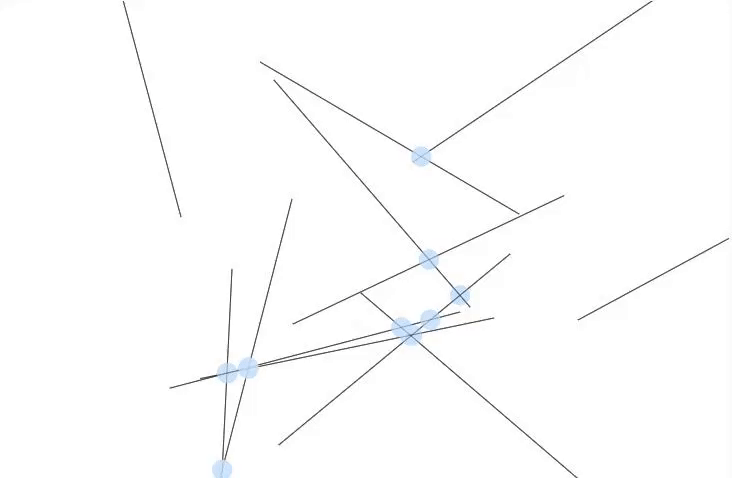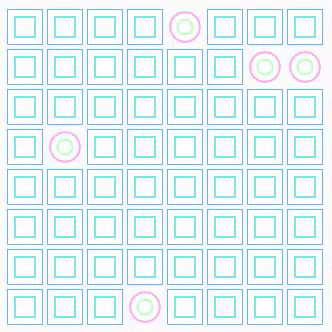// This is a template for creating a looping animation in p5.js (JavaScript).
// When you press the 'F' key, this program will export a series of images into
// your default Downloads folder. These can then be made into an animated gif.
// This code is known to work with p5.js version 0.6.0
// Prof. Golan Levin, 28 January 2018
// INSTRUCTIONS FOR EXPORTING FRAMES (from which to make a GIF):
// 1. Run a local server, using instructions from here:
// https://github.com/processing/p5.js/wiki/Local-server
// 2. Set the bEnableExport variable to true.
// 3. Set the myNickname variable to your name.
// 4. Run the program from Chrome, press 'f'.
// Look in your 'Downloads' folder for the generated frames.
// 5. Note: Retina screens may export frames at twice the resolution.
//===================================================
// User-modifiable global variables.
var myNickname = "chaine";
var nFramesInLoop = 240;
var bEnableExport = true;
// Other global variables you don't need to touch.
var nElapsedFrames;
var bRecording;
var theCanvas;
//===================================================
function setup() {
theCanvas = createCanvas(640, 640);
bRecording = false;
nElapsedFrames = 0;
}
//===================================================
function keyTyped() {
if (bEnableExport) {
if ((key === 'f') || (key === 'F')) {
bRecording = true;
nElapsedFrames = 0;
}
}
}
//===================================================
function draw() {
// Compute a percentage (0...1) representing where we are in the loop.
var percentCompleteFraction = 0;
if (bRecording) {
percentCompleteFraction = float(nElapsedFrames) / float(nFramesInLoop);
} else {
percentCompleteFraction = float(frameCount % nFramesInLoop) / float(nFramesInLoop);
}
// Render the design, based on that percentage.
// This function renderMyDesign() is the one for you to change.
renderMyDesign (percentCompleteFraction);
// If we're recording the output, save the frame to a file.
// Note that the output images may be 2x large if you have a Retina mac.
// You can compile these frames into an animated GIF using a tool like:
if (bRecording && bEnableExport) {
var frameOutputFilename = myNickname + "_frame_" + nf(nElapsedFrames, 4) + ".png";
print("Saving output image: " + frameOutputFilename);
saveCanvas(theCanvas, frameOutputFilename, 'png');
nElapsedFrames++;
if (nElapsedFrames >= nFramesInLoop) {
bRecording = false;
}
}
}
//===================================================
function renderMyDesign (percent) {
//
// THIS IS WHERE YOUR ART GOES.
// This is an example of a function that renders a temporally looping design.
// It takes a "percent", between 0 and 1, indicating where we are in the loop.
// Use, modify, or delete whatever you prefer from this example.
// This example uses several different graphical techniques.
// Remember to SKETCH FIRST!
//----------------------
// here, I set the background and some other graphical properties
background(255);
smooth();
stroke(0, 0, 0);
strokeWeight(2);
//----------------------
// Here, I assign some handy variables.
var cx = 320;
var cy = 320;
noStroke();
var arcSize = 20;
var topY = 0 - arcSize - 2;
var botY = height + 2;
push();
//I ended up not using this because it looked better starting centered
//var eased = doubleExponentialSigmoid ((percent), 0.7);
//eased = (eased)%1.0;
//var yPosition2 = map(eased, 0, 1, topY, botY/2);
var eased2 = exponential (percent*1.2);
var circleGrow = map(eased2, 0, 2, 0, 600);
//ellipse (width/2, yPosition2, 20, 20);
var eased3 = bounceInOut (percent * 0.5);
var circle2Grow = map(eased3, 0, 1, 0, 2000);
var eased4 = bounceInOut (percent * 0.5);
var circle3Grow = map(eased4, 0, 1, 0, 1500);
var eased5 = bounceInOut (percent * 0.5);
var circle4Grow = map(eased5, 0, 1, 0, 1000);
var easedLast = exponential (percent);
var easedGrow = map(easedLast, 0, 1, 0, 1000);
//black arc
var test = map(percent, 0, 1, 0, 2*PI);
//neon green arc
var test1 = map(percent, 0, 1, 0, (3 * PI)/2);
//light green arc
var test2 = map(percent, 0, 1, 0, PI);
//pink arc
var test3 = map(percent, 0, 1, 0, PI/2);
var arcCol1 = map(percent, 0.2, 1, 255, 204);
var arcCol11 = map(percent, 0.2, 1, 204, 0);
var arcCol111 = map(percent, 0.2, 1, 229, 102);
//arc 1 light pink 255 204 229 -> 204 0 102
fill (arcCol1,arcCol11,arcCol111);
arc(width/2, height/2, 1100*percent,1100*percent,0,test);
var arcCol2 = map(percent, 0.2, 1, 204, 76);
var arcCol22 = map(percent, 0.2, 1, 255, 153);
var arcCol222 = map(percent, 0.2, 1, 229, 0);
//arc 2 light green 204 255 229 -> 76 153 0
fill (arcCol2, arcCol22, arcCol222);
arc(width/2, height/2, 1100*percent,1100*percent,0,test1);
var arcCol3 = map(percent, 0.2, 1, 200, 0);
var arcCol33 = map(percent, 0.2, 1, 255, 102);
var arcCol333 = map(percent, 0.2, 1, 200, 102);
//arc 3 200 255 200 -> 0 102 102
fill (arcCol3, arcCol33, arcCol333);
arc(width/2, height/2, 1100*percent,1100*percent,0,test2);
var arcCol4 = map(percent, 0.2, 1, 204, 76);
var arcCol44 = map(percent, 0.2, 1, 229, 0);
var arcCol444 = map(percent, 0.2, 1, 255, 153);
//arc 4 light blue 204 229 255 -> 76 0 153
fill (arcCol4, arcCol44, arcCol444);
arc(width/2, height/2, 1100*percent,1100*percent,0,test3);
var circleCol1 = map(eased3, 0, 0.5, 102, 0);
var circleCol11 = map(eased3, 0, 0.5, 178, 0);
var circleCol111 = map(eased3, 0, 0.5, 255, 0);
//center circle 1 pink 255 102 178
fill (circleCol111,circleCol1,circleCol11);
ellipse (width/2, height/2, circle2Grow, circle2Grow);
var circleCol2 = map(eased4, 0, 0.75, 255, 0);
var circleCol22 = map(eased4, 0, 0.75, 102, 0);
var circleCol222 = map(eased4, 0, 0.75, 255, 0);
//center circle 2 lighter pink 255 102 255
fill (circleCol2, circleCol22, circleCol222);
ellipse (width/2, height/2, circle3Grow, circle3Grow);
var circleCol3 = map(eased5, 0, 1, 255, 0);
var circleCol33 = map(eased5, 0, 1, 204, 0);
var circleCol333 = map(eased5, 0, 1, 255, 0);
//center circle 2 lightest pink 255 204 255
fill (circleCol3, circleCol33, circleCol333);
ellipse (width/2, height/2, circle4Grow, circle4Grow);
var circleCol0 = map(easedLast, 0.1, 0.15, 200, 255);
var circleCol00 = map(easedLast, 0.1, 0.15, 200, 255);
var circleCol000 = map(easedLast, 0.1, 0.15, 200, 255);
//center circle 2 white
fill (circleCol0, circleCol00, circleCol000);
ellipse (width/2, height/2, easedGrow, easedGrow);
pop();
}
// Symmetric double-element sigmoid function ('_a' is the slope)
// See https://github.com/IDMNYU/p5.js-func/blob/master/lib/p5.func.js
// From: https://idmnyu.github.io/p5.js-func/
//===================================================
function doubleExponentialSigmoid (_x, _a){
if(!_a) _a = 0.75; // default
var min_param_a = 0.0 + Number.EPSILON;
var max_param_a = 1.0 - Number.EPSILON;
_a = constrain(_a, min_param_a, max_param_a);
_a = 1-_a;
var _y = 0;
if (_x<=0.5){
_y = (pow(2.0*_x, 1.0/_a))/2.0;
}
else {
_y = 1.0 - (pow(2.0*(1.0-_x), 1.0/_a))/2.0;
}
return(_y);
}
function exponential (_x){
return((_x == 0.0) ? _x : pow(2, 10 * (_x - 1)));
}
function bounceIn (_x){
return(1 - this.bounceOut(1 - _x));
}
function bounceOut (_x){
if(_x < 4/11.0)
{
return((121 * _x * _x)/16.0);
}
else if(_x < 8/11.0)
{
return((363/40.0 * _x * _x) - (99/10.0 * _x) + 17/5.0);
}
else if(_x < 9/10.0)
{
return((4356/361.0 * _x * _x) - (35442/1805.0 * _x) + 16061/1805.0);
}
else
{
return((54/5.0 * _x * _x) - (513/25.0 * _x) + 268/25.0);
}
}
function bounceInOut (_x){
if(_x < 0.5)
{
return(0.5 * this.bounceIn(_x*2));
}
else
{
return(0.5 * this.bounceOut(_x * 2 - 1) + 0.5);
}
}
function exponentialEmphasis (_x, _a){
if(!_a) _a = 0.25; // default
var min_param_a = 0.0 + Number.EPSILON;
var max_param_a = 1.0 - Number.EPSILON;
_a = constrain(_a, min_param_a, max_param_a);
if (_a < 0.5) {
// emphasis
_a = 2*(_a);
var _y = pow(_x, _a);
return(_y);
}
else {
// de-emphasis
_a = 2*(_a-0.5);
var _y = pow(_x, 1.0/(1-_a));
return(_y);
}
} |

